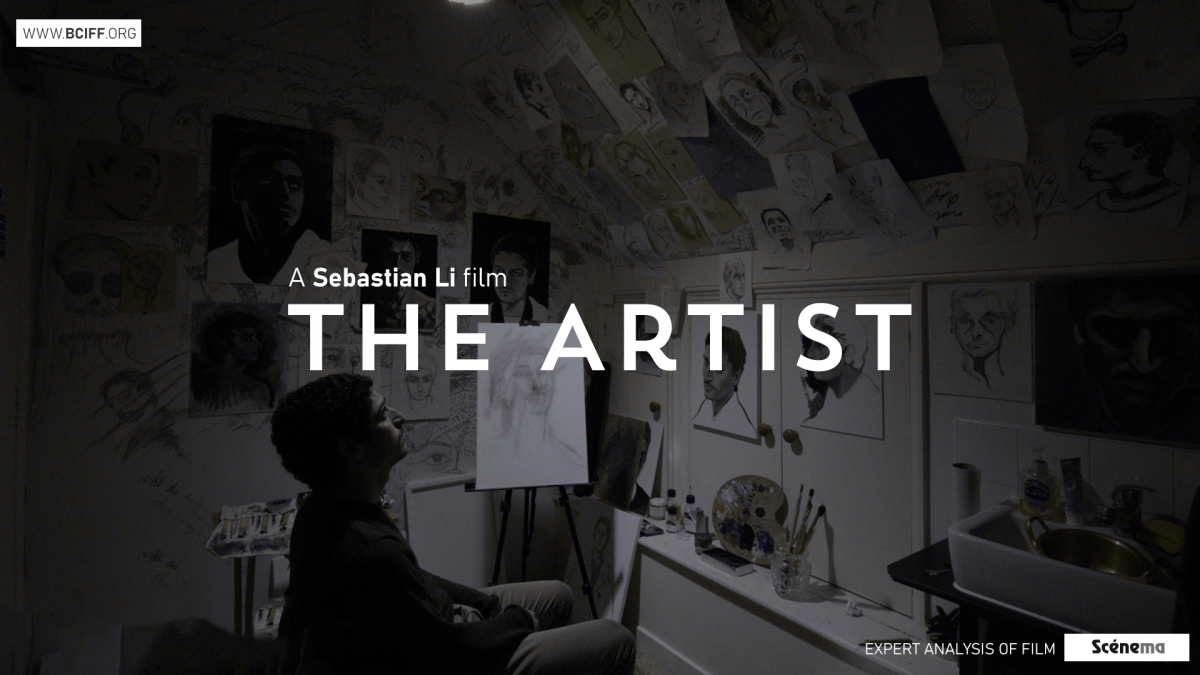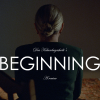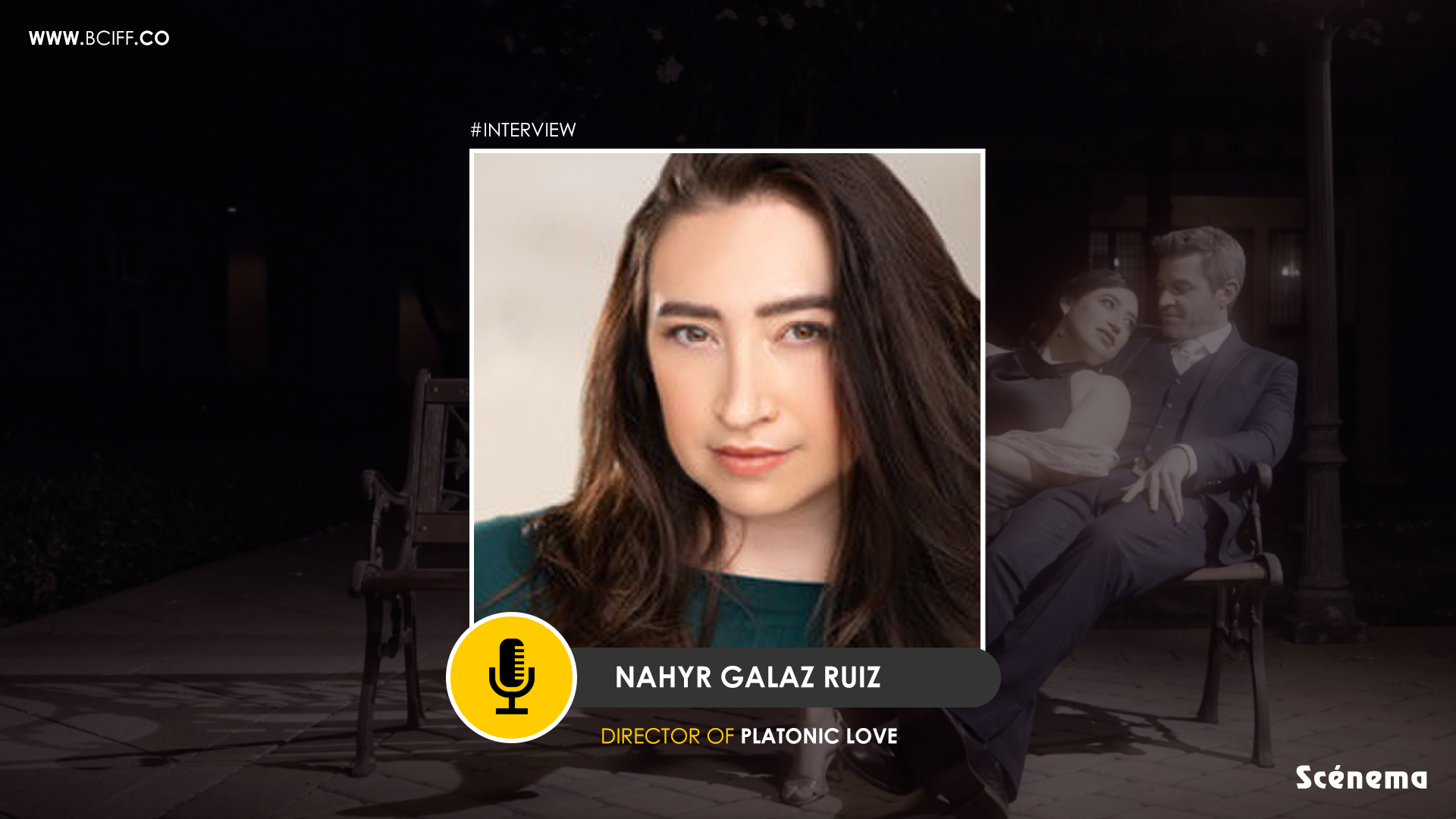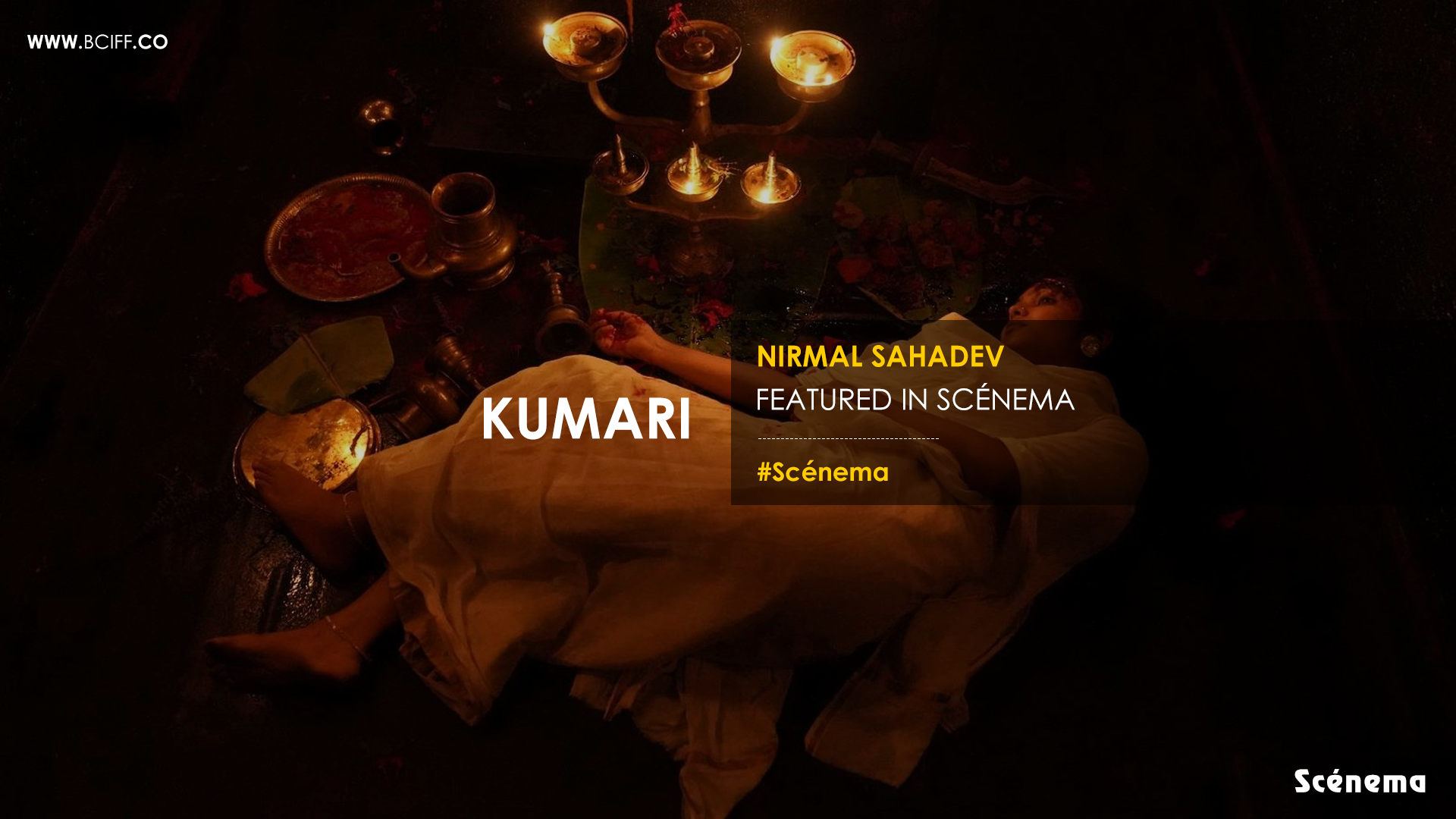Movie: The Artist
Director : Sebastian Li
You must have chaos within you to give birth to a dancing star.” – Friedrich Nietzsche
The primary angst of an artist however tormented, gyrates around the thought of his unfinished masterpiece.
Sebastian Li’s version of an artist resembles the artist of James Joyce, an alienated figure disgusted by almost everything around him. In the movie ‘The Artist’ Peter possesses in him the lofty feeling of knowing something that is oblivious to the consciousness of the others around him. Peter is driven by the unitary thought of creating his masterpiece in a world where most fail to fathom that which is underneath, the bestial, the real.
Sebastian Li’s ‘The Artist’ is structured around a perpetual angst, the gaze is often of an artist looking at a deformed world with eyes full of despair. He has directed movies like Projection which released in the year 2020 and Under Streetlight which released in the year 2016. He also directed a music video titled ‘Song for White Blossom’ that released in the year 2019.
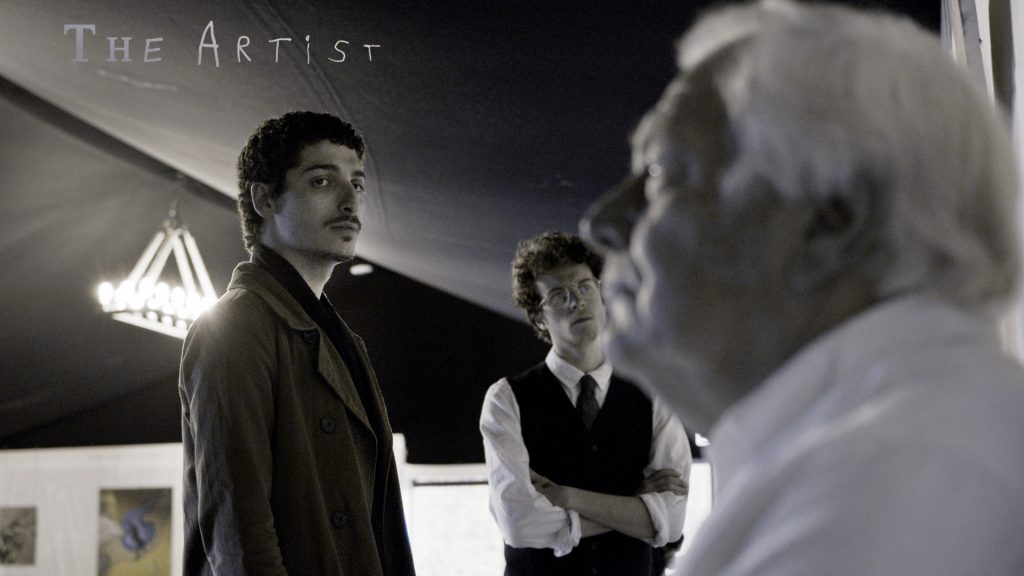
Pedro Henrique Valladao does an impeccable job as an artist who suffers from isolation with the singular hope of changing the definition of art with his masterpiece. He suffers as his paintings fail to attract the attention of the lovers of art. His friend and manager, (played by Peter Seungchan No) eventually reveals to him the truth about the exhibitions failing to gather considerable amount of attention. Suffering according to Li is universal and this is evident when we discover blood oozing out of people in a number of scenes. They act as metaphors for the pain that is not visible or is unspoken felt by individuals every time , everywhere.
However, the movie eventually becomes a psychological thriller where the obsession and narcissistic tendencies of Peter drives him towards an extreme predicament. However, he successfully produces his masterpiece, the nature of which resembles the final masterpiece of the artist in the pilot episode of Black Mirror. The ending is bleak, agonising yet inevitable.
 William Choo’s background score creates an eerie sensation within the psyche of the viewer throughout the movie. There are also sequences where the audience would enjoy some beautiful violin and piano music. The inclusion of the song Rose and Air enhances the tale of Sebastian Li.
William Choo’s background score creates an eerie sensation within the psyche of the viewer throughout the movie. There are also sequences where the audience would enjoy some beautiful violin and piano music. The inclusion of the song Rose and Air enhances the tale of Sebastian Li.
The Artist is a must watch for everyone as the story is profound and the way it is told is intriguing. The performances , the suspense, the thrill, the gloom and the glee, everything makes the movie a fulfilling experience.
The isolation of the artist is portrayed in a manner both grotesque and sublime. Grotesque because it pushes the artist to the extreme end, sublime because his art attains an austere authenticity.
The artist is also a tale of loneliness. The silent sufferings are visible through injuries shown on the outside, a ploy dexterously deviced by the director. We walk the deserted streets with the artist, we look past the pretensions of people like the artist does and like the artist, we find comfort when we are with ourselves.

The use of lights or the lack of it further intensifies the solitude of the protagonist. The dull colours also indicates an evident lack of light (wisdom) in the world outside.
The gloomy conversations, the slightly prolonged pauses indicate a profuse lack of substance in and around mortals. So much, that it makes creation feel nauseous and out of breath.

